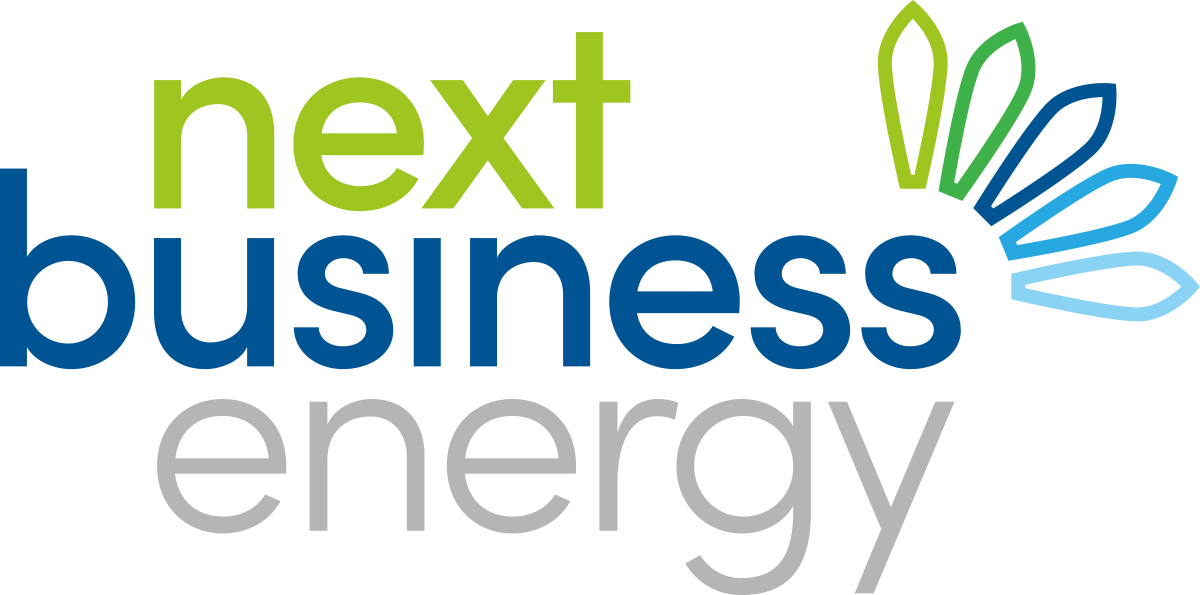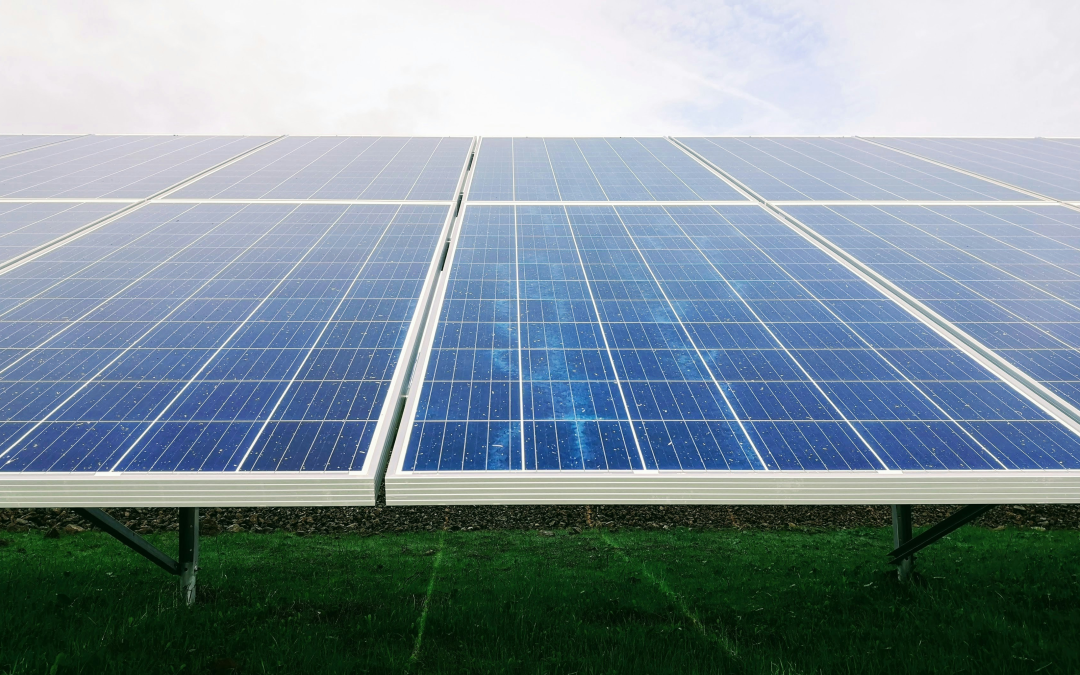Solar has revolutionised the way we understand energy prices. With more homes and businesses than ever with installed solar energy systems, there has been a change in how and when energy prices fluctuate.
Peak Energy Periods and Energy Prices
In Australia, energy costs can fluctuate significantly throughout the day based on demand. Peak hours—when energy demand is highest—often coincide with higher-priced tariffs. Conversely, off-peak hours offer lower energy rates, presenting a strategic opportunity for businesses to optimise energy consumption and reduce costs.
In the past off-peak periods have typically occurred overnight and at weekends, which meant energy providers offered lower rates during these times encouraging consumption when the grid is underutilised.
So what is changing?
The rise of solar power in Australia is significantly changing off-peak energy periods.
Solar power generates electricity during daylight hours, and with houses being less utilised during the day, more of that energy is being exported to the grid. This has lead to a substantial increase in daytime energy supply.
This shift has meant that energy distributors and energy retailers are reassessing their tariff structures and the concept of nighttime off-peak periods is evolving. The increased daytime supply means that new off-peak periods during daytime hours and being reflected in tariff structures.
Controlled Load Tariffs
Controlled load tariffs are designed to offer lower electricity rates for specific high-energy appliances such as slab or underfloor heating and electric hot water systems. These tariffs are beneficial as they charge solely for the energy these appliances consume, operating mainly during off-peak hours, typically overnight, when demand on the grid is lower. However, the growing adoption of solar power in Australia means that Distribution companies are moving controlled load appliances to charge during the day to take advantage of low-cost daytime rates and to even out the load on their distribution systems.
What Does This Mean For Your Business?
The impact of solar power on controlled load tariffs and off-peak energy periods is profoundly affecting businesses in Australia. As solar energy generation increases, businesses can reduce their reliance on traditional grid power during the day, lowering energy costs and enhancing sustainability. The shift in off-peak periods due to increased daytime solar supply means businesses must adapt to new energy pricing models, potentially benefiting from lower tariffs during sunny hours and shifting energy-intensive activities away from overnight. This transition encourages businesses to optimise their operations and energy usage patterns, ultimately leading to more efficient and cost-effective energy management.
Take Control of Your Energy Usage Today
Off-peak energy usage represents a significant opportunity for Australian businesses to reduce energy expenses while promoting sustainability. By understanding the dynamics of your business’s energy tariffs and strategically managing energy consumption, businesses can enhance their operational efficiency and achieve substantial economic benefits. As energy costs continue to rise and environmental regulations become stricter, effectively utilising off-peak energy will become increasingly important for maintaining a competitive edge and ensuring long-term sustainability.
Next Business Energy is helping businesses understand their energy consumption. For more information on your energy bill, read our bill explainer located on our website.

